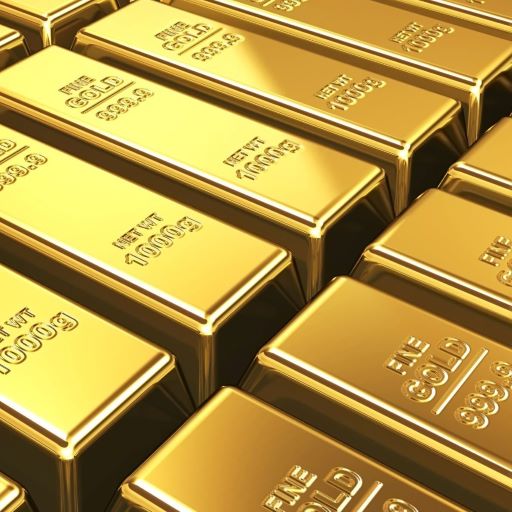
Uncertainty reinforces Gold’s appeal for investors
The Russian invasion of Ukraine and the resultant humanitarian, energy and food crisis, China’s heightened sabre rattling in Taiwan, a global pandemic in its third year, and other geopolitical issues are adding to uncertain times.
Traditionally investors turn to gold to manage uncertainty, notes Kanish Chugh, Head of Distribution at ETF Securities.
“This truism has been borne out yet again with the recent improvement in the gold price which had come off a recent high of $US2000 an ounce in February/March following the Russian invasion. Gold has turned the corner in recent weeks and has now traded flat year to date.”
Gold is one of the only – perhaps the only – asset with a proven track record in times of crisis that does not underperform long term, says Chugh.
Over the past six and twelve months, gold has outperformed other major asset classes (MSCI World, ASX 200, Aussie bonds, Global bonds) as inflation has run high. And as of this week, gold has traded flat year-to-date.
Gold is different to other precious metals like platinum and silver in that its price is less determined by supply and demand. Other factors, such as interest rates and speculation, have a much bigger impact on gold. Yet as with any asset – be it property via land releases, shares via buybacks, or production cycles for industrial commodities – supply in the end always impacts price.
“Geopolitical tensions remain high, with war in Ukraine destabilising eastern Europe and Nancy Pelosi’s visit to Taiwan causing alarm in China. While these events are reflected in the gold price at this stage, they serve as a reminder that gold typically finds support during times of crisis.
“Signals also suggest that the dollar’s strength may be waning. US Fed funds rate futures have become less hawkishly priced in recent weeks, as fears of slowing US growth raise questions about the Federal Reserve’s ability to continue tightening. Fed rate hikes are one of the primary determinants of the value of the US dollar. Should the dollar retreat, we could see further support for gold.
“Gold is also typically seen as a core diversifier for smoothing portfolio volatility as an ‘insurance overlay’,” Chugh says.
The question for investors and advisers then is what is the best way to invest and hold gold?
As the global ETF market grows, ETF flows are becoming increasingly important in setting gold’s price in the short term. Simplicity and low costs are driving the demand for gold ETFs.
ETF Securities recently announced a share split on its $2.6 billion ETFS Physical Gold product (ASX code: GOLD). The split will allow smaller investor buy GOLD more freely.
“For Australian investors this fund continues to be the most convenient and cost-effective way to ensure a portfolio has gold insurance,” says Chugh.


